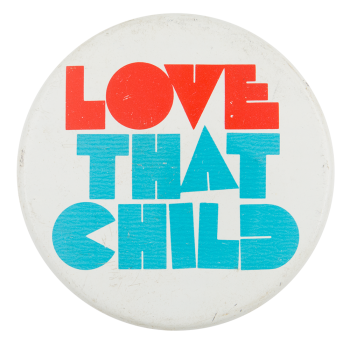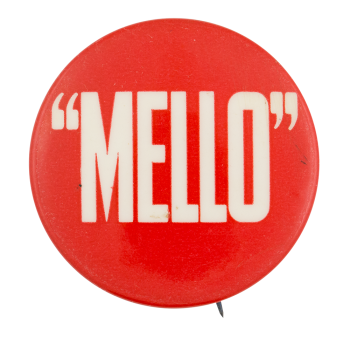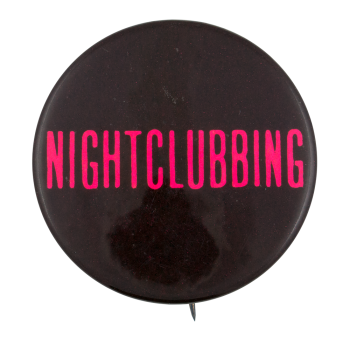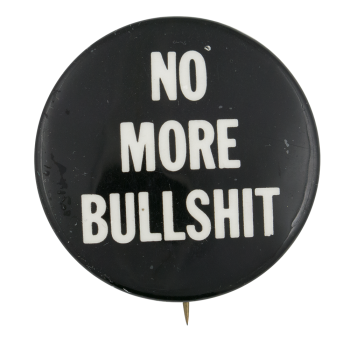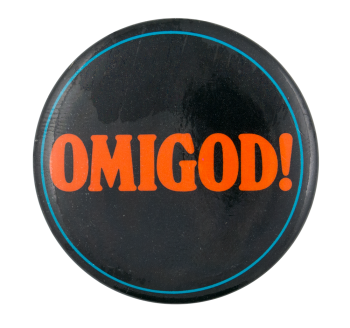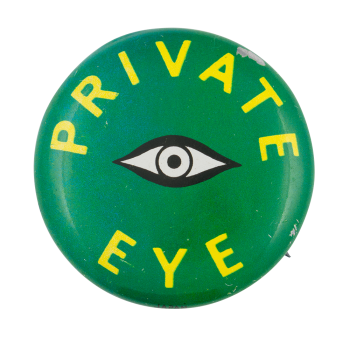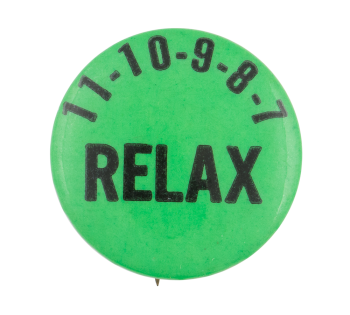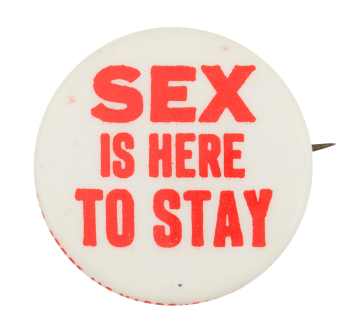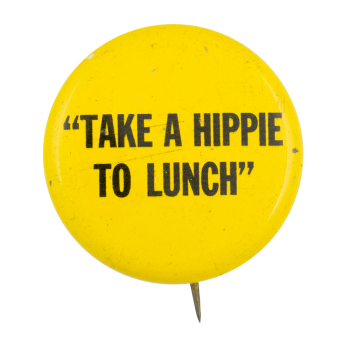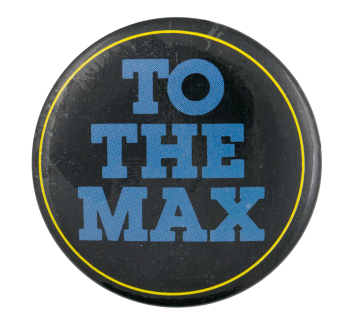Love That Child
| Category | |
|---|---|
| Additional Images | |
| Sub Categories | |
| Text on Button | LOVE THAT CHILD |
| Image Description | Red and cyan text on a white background |
| Back Style | |
| The Shape | |
| The Size | |
| Additional Information | Have info on this button? Contact us here. |
| Catalog ID | IB0572 |

